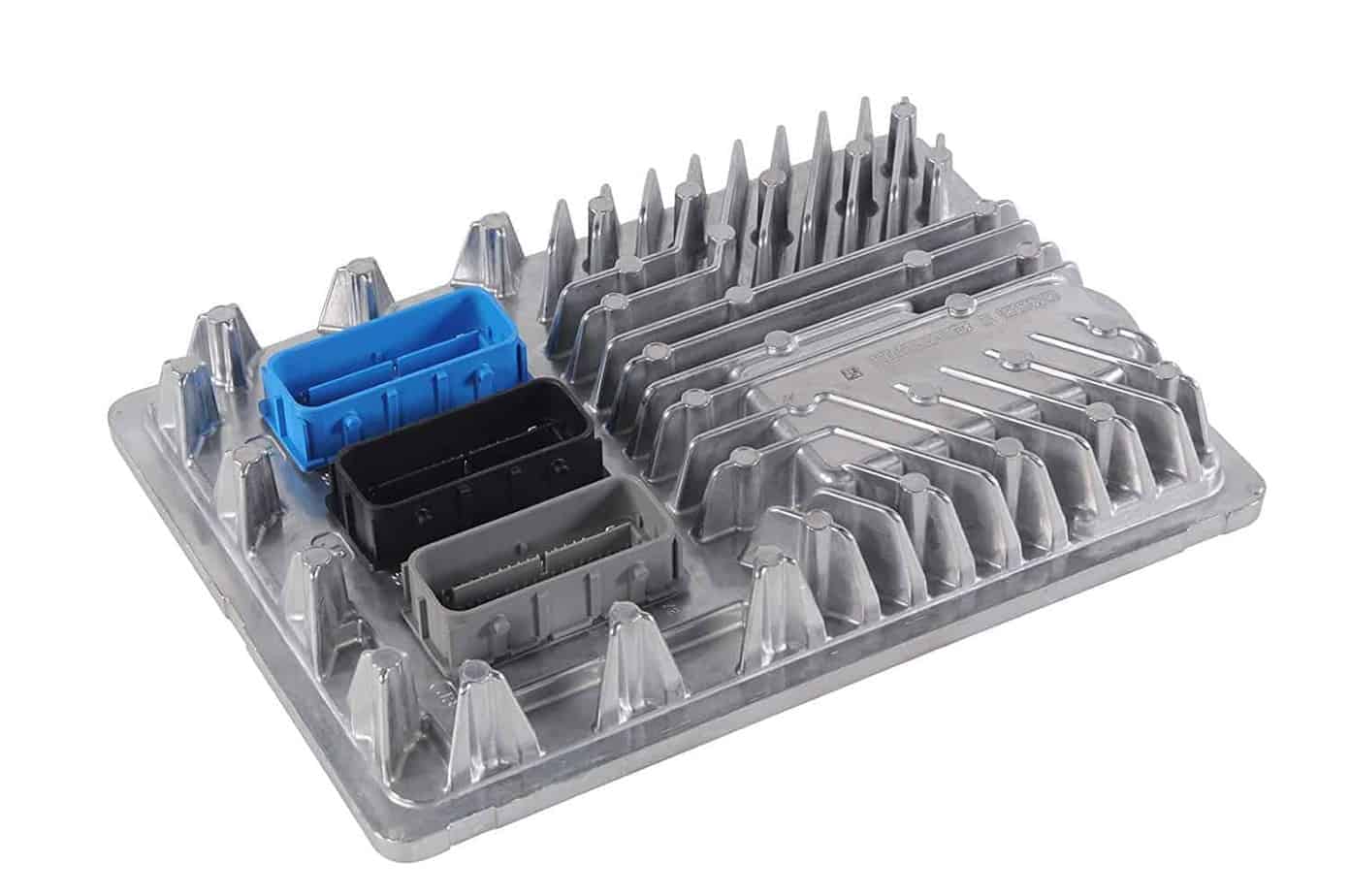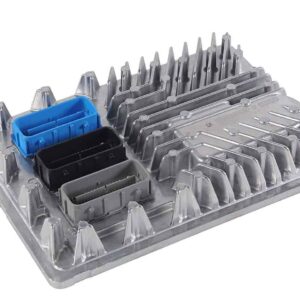Restore Your Vehicle’s Core Performance and Reliability
Is your Cadillac, Chevy, or GMC truck acting erratically? A failing Engine Control Module (ECM) is often the culprit behind some of the most frustrating and hard-to-diagnose vehicle problems. From a sudden no-start condition to a persistent check engine light and poor fuel economy, a faulty ECM can disrupt every aspect of your driving experience. As the ‘brain’ of your engine, when it fails, it can feel like the entire system is giving up. This isn’t just an inconvenience; it’s a critical failure that needs a reliable solution.
We offer a straightforward, professional-grade solution: a genuine GM Engine Control Module, part number 12674052, delivered to your door already programmed to your vehicle’s specific VIN. Before we ship, our technicians load the latest factory software and calibrations from GM. This critical step saves you from expensive dealership programming fees and complex setup, getting you significantly closer to a finished repair right out of the box. This is the same high-quality component used in dealerships, made accessible for professional mechanics and skilled DIYers alike.
Case Study: A Tricky Diagnosis
I remember a 2017 Cadillac CTS that came into the shop with a complaint of intermittent stalling and a flashing check engine light. The owner had already replaced the battery and alternator, chasing what seemed like an electrical ghost. A quick scan revealed code P0606 – ECM/PCM Processor Fault. This internal failure code is a definitive sign the module itself is compromised. Instead of a costly diagnostic rabbit hole, we confirmed the diagnosis and replaced the ECM with a VIN-programmed unit like this one. After a quick VTD relearn, the CTS ran perfectly, all symptoms gone. This part saved the customer hundreds in diagnostic labor and unnecessary parts.
Common Signs of a Failing ECM
If your vehicle’s computer is failing, you’ll likely notice one or more of these distinct symptoms. In my 20+ years of experience, these are the most common indicators I see in the service bay.
- ✔ Vehicle will not start or starts intermittently
- ✔ Check Engine Light is illuminated with communication codes (e.g., U0100) or internal processor codes (P0601, P0603, P0606)
- ✔ Poor or erratic engine performance and shifting
- ✔ Drastic decrease in fuel economy
- ✔ Stalling or misfiring for no apparent reason
- ✔ Issues with the anti-theft system or other onboard electronics
A Straightforward Guide to Installation
Replacing your ECM is a manageable job for those with mechanical experience. Following these steps ensures a smooth process. Please note the critical final step required to sync the module to your vehicle.
- Safety First: Always disconnect the negative terminal from your vehicle’s battery before beginning any work on the electrical system.
- Locate the ECM: The module’s location varies by model. It’s typically in the engine compartment (often on the driver’s side) or, in some cases, under the dash (like on the Corvette). Refer to a service manual for your specific vehicle.
- Disconnect and Remove: Carefully unplug the wiring harness connectors. They have locking tabs that must be released. Once disconnected, unbolt the old module from its mounting bracket and remove it.
- Install the New Module: Bolt the new, pre-programmed ECM into place. Reconnect the wiring harnesses, ensuring each plug is fully seated and the locking tabs click into place.
- Reconnect the Battery: Re-attach the negative battery terminal.
- CRITICAL – Perform Relearn Procedures: The vehicle will NOT start until a Vehicle Theft Deterrent (VTD) relearn is performed. This procedure ‘marries’ the new ECM to your vehicle’s security system. This requires a compatible scan tool with access to GM’s TIS2Web or Techline Connect service. Additional procedures like a Crankshaft Variation Relearn may also be necessary. This is the responsibility of the installer.
Verified Vehicle Compatibility
This module is a direct-fit replacement for several GM vehicles and part numbers. Please verify your vehicle and options below. This part is compatible with service numbers 12692068, 12704476, 12686382, 12674052, 12674472, and 12678815.
- Cadillac ATS (2017): 3.6L, VIN Y (LF4)
- Cadillac CTS (2017): 6.2L (Supercharged) or 3.6L Twin Turbo, VIN 8 (LF3)
- Cadillac Escalade / ESV (2017)
- Cadillac XTS (2017): 3.6L, VIN 8 (LF3)
- Chevrolet Corvette (2017)
- Chevrolet Silverado 1500 (2016-2018)
- Chevrolet Suburban 1500 (2017)
- Chevrolet Tahoe (2017)
- GMC Sierra 1500 / Denali 1500 (2016-2018)
- GMC Yukon / Yukon XL 1500 (2017)
Frequently Asked Questions
Frequently Asked Questions
What does ‘VIN Programmed’ mean?
It means we use your Vehicle Identification Number (VIN) to load the exact, most current software and calibrations from GM for your specific vehicle’s configuration. This ensures the module works correctly with your engine, transmission, and options, saving you a trip to the dealer for initial flashing.
Is any other programming required after I install it?
Yes. While the core engine software is pre-loaded, you MUST perform a Vehicle Theft Deterrent (VTD) relearn to sync the module with your vehicle’s security system. The engine will not start without this step. Other relearns, like for the crankshaft position sensor, may also be needed.
What tools are needed for the final relearn?
You or your mechanic will need a professional-grade scan tool and an active subscription to GM’s programming software, such as TIS2Web or Techline Connect, to perform the required security relearn procedures.
How do I provide my VIN?
After you complete your purchase, you will need to send us your 17-digit VIN. We cannot program or ship the module without it. Please double-check it for accuracy to avoid delays.
Will this fix my specific problem?
This module will correct issues directly caused by a failing ECM, such as internal processor faults (P0606) or communication failures (U0100). However, it’s crucial to have your vehicle properly diagnosed, as other faulty components (sensors, wiring) can cause similar symptoms.



